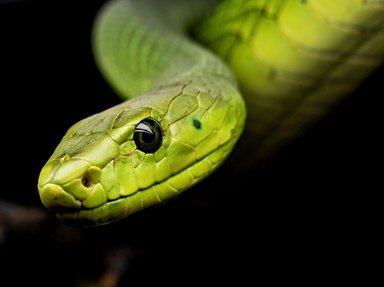Quiz Answer Key and Fun Facts
1. How many known species of taipan are there?
2. What is the scientific name for the inland taipan?
3. In Australia you are much more likely to see a wild coastal taipan, whereas an inland taipan encounter is very rare.
4. Which of these statements is true about the hunting methods of the taipan?
5. Which taipan is the longest venomous Australian snake?
6. In 1950 amateur herpetologist Kevin Budden was bitten by a taipan he had captured, which killed him. What was the consequence of this?
7. Oxyuranus scutellatus canni is a subspecies of the coastal taipan. Where is it mainly found?
8. The Western Desert taipan, also known as the Central Ranges taipan, was discovered in what year?
9. Which of these statements is NOT true about the colours of the inland taipan?
10. Which snake is the coastal taipan often mistaken for in Australia?
Source: Author
LuH77
This quiz was reviewed by FunTrivia editor
guitargoddess before going online.
Any errors found in FunTrivia content are routinely corrected through our feedback system.

